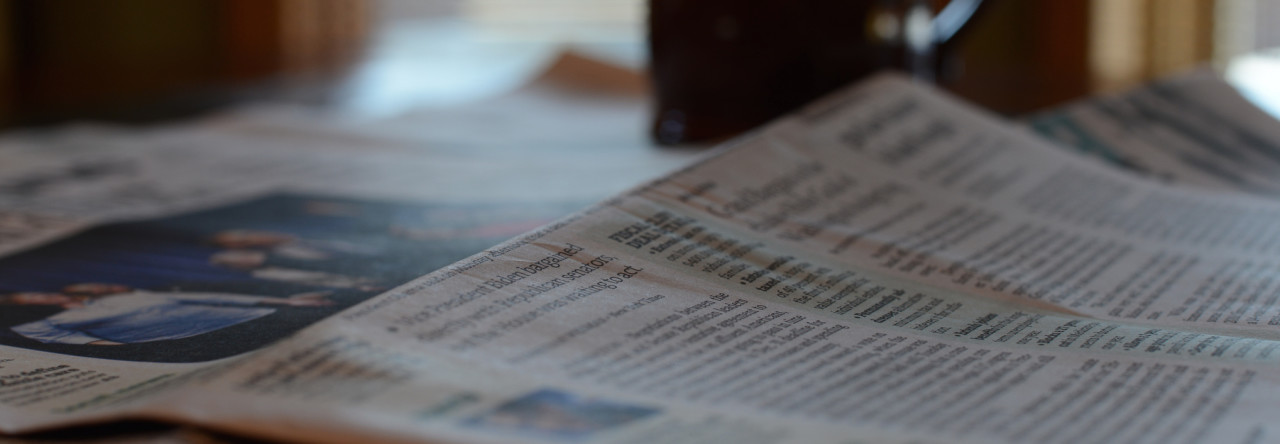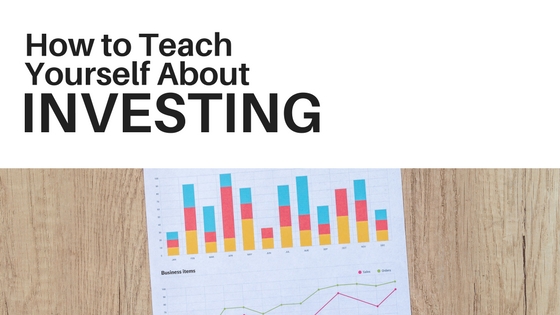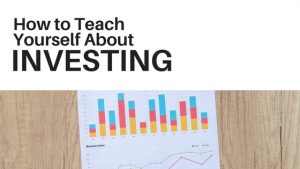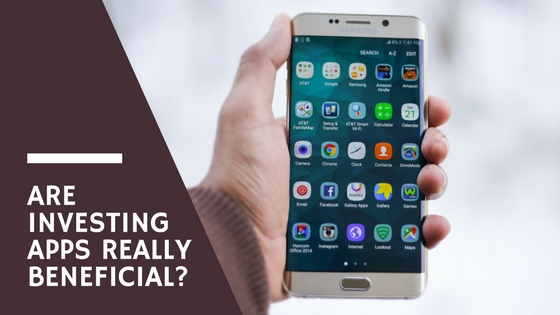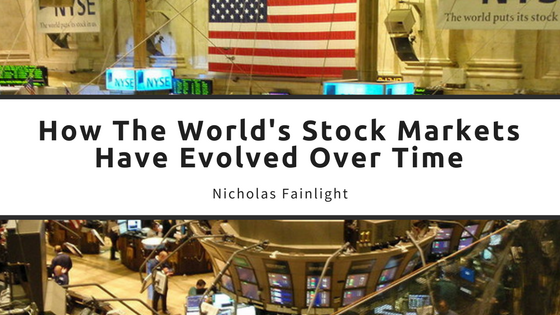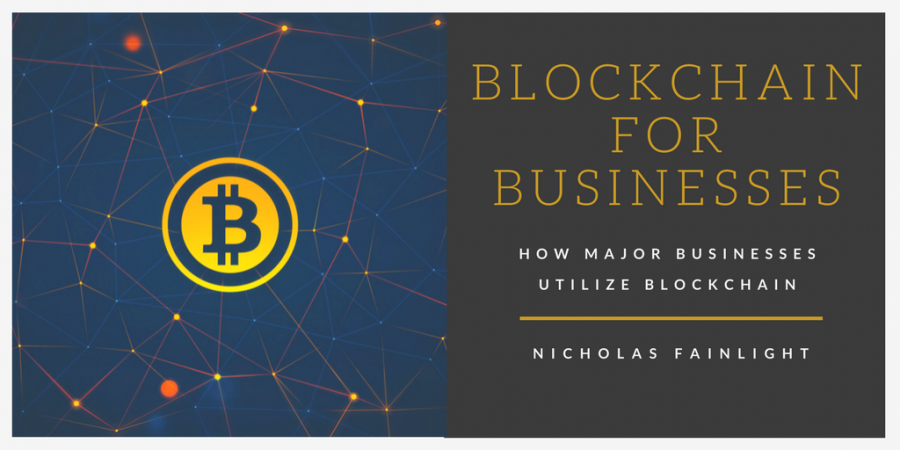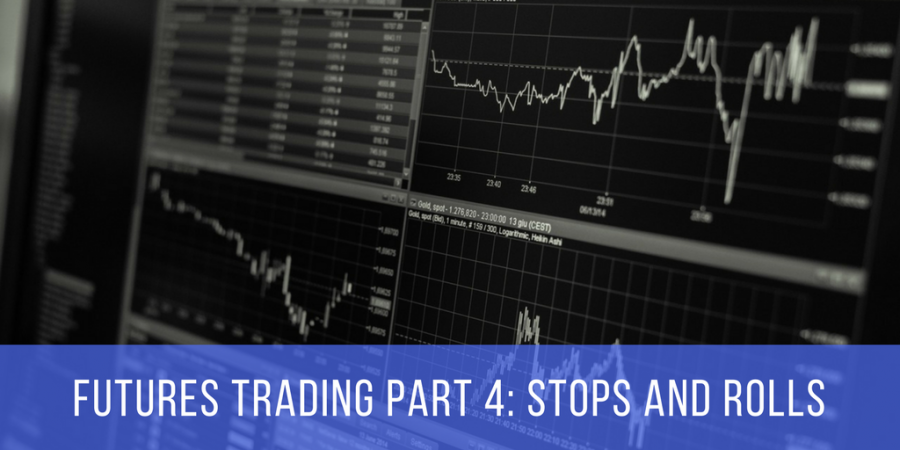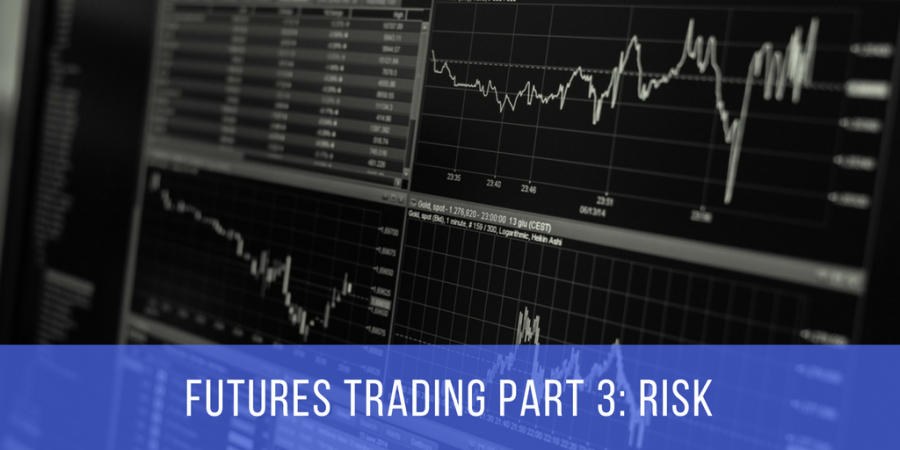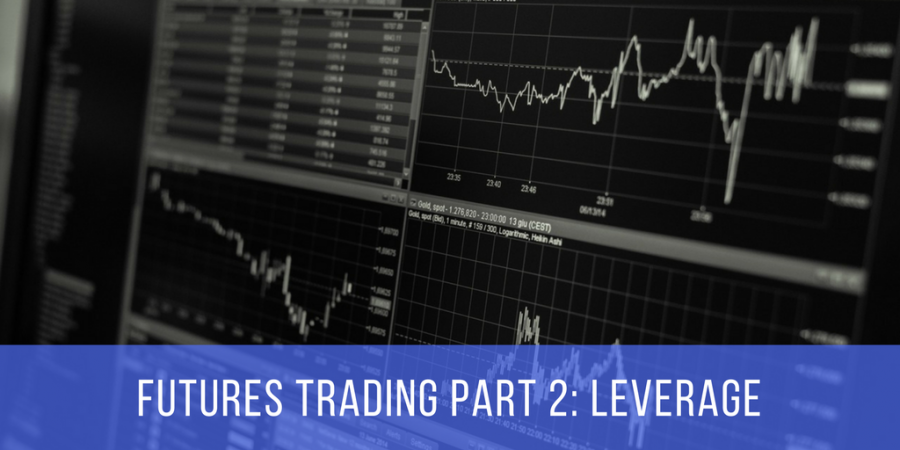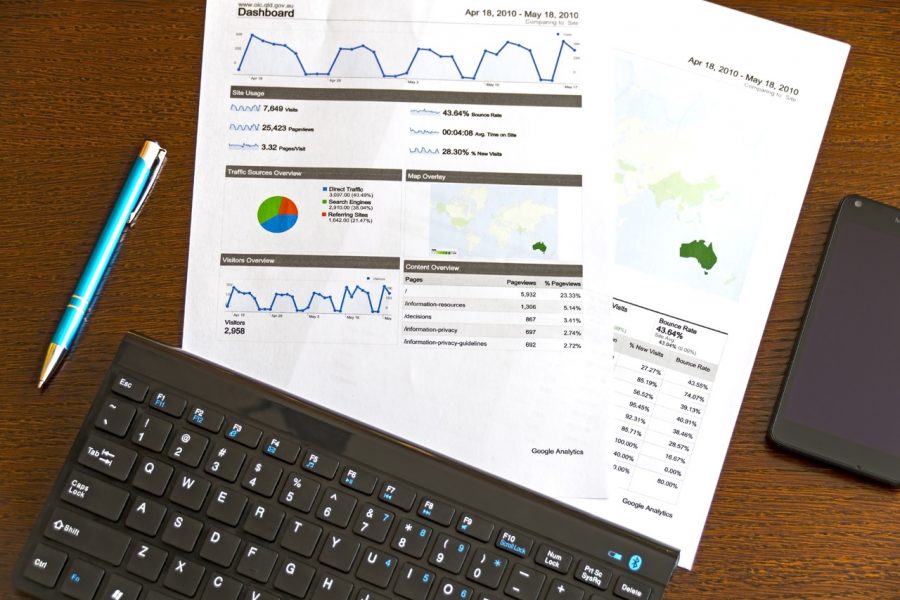Far too many people are unaware of the basics of investing, even though it’s one of the best ways to build your wealth. Public schools do not teach anything about it and if you go to college, you really only learn about investing if you take business or finance courses. This lack of knowledge leads to people shying away from investing and relying on a steady and reliable source of income. They often view the stock market as a way to simply lose money, especially if they lack basic knowledge about investing. This viewpoint is completely understandable, but not one you should subscribe to. If you know nothing about investing, it’s never too late to learn! Here are some ways you can teach yourself more about investing and get ready to start a portfolio of your own!
Take a look at your finances
The first step you’ll need to take is examining your finances and determining how much money you want to put into investments. If you’re heavily in debt or have no savings, you should take care of those issues before attempting to invest large amounts of money. Get an accurate picture of your finances so you know how much you have available to invest.
Learn the basics
When you first begin looking at everything that goes into the markets and investing, it can feel overwhelming. People spend years trying to learn the secret to investment success. Instead of feeling intimidated by these approaches, simply start by learning the basics of investing. Learn what different terms mean and how creating an investment portfolio works. But, don’t take too long; the sooner you begin investing, the better!
Check out online resources
After you feel like you have a basic understanding of investing, it’s time to start learning about the different approaches people take and cultivate a deeper understanding of the market. A great place to look is online, because there’s a seemingly endless amount of online resources, such as ebooks, blogs, podcasts, and many websites that offer expert advice. Check out the credentials of a source before believing everything you read, but most information on investing can be useful, even to just teach you what not to do.
Find experienced people
You might know someone who’s a financial advisor or who spends a lot of time following the market and knows about investing. These are the people you should talk to. Even if you don’t personally know anyone like this, you can certainly find a forum or website where you can chat with someone who can give you actual advice about investing.
Set your goals
Before you actually start investing, take a bit of time to set your individual goals. How much money do you want to invest? Why are you investing? What return do you hope to see? People invest for different reasons, not simply to generate wealth. Once you’ve decided what your individual goals are, you can start investing.
Start small
As you begin your journey as an investor, remember to first start small. You definitely shouldn’t take your entire savings account and invest in high risk stocks; use a smaller, manageable amount first and invest smart. Research the best types of stocks and start out with moderate risk.
